The post-cleaning satisfaction feels as good as the endorphins released when you finish a workout. There is just a sense of accomplishment from observing the beautiful work you did. However, when you’re using inefficient methods, your hard work may not seem as effective in the end. This can lead to frustration, and you might completely dread cleaning days because of these cleaning mistakes.
You’ve probably had an “oops” moment while cleaning. It may have been from experimenting or trying the latest not-so-helpful cleaning hacks. Well, sometimes you learn through mistakes. Fortunately, you can avoid these mishaps by learning about cleaning mistakes that people commonly make. Reassess the way you clean by avoiding these house cleaning mistakes you might be guilty of.
Mistakes You’re Making in Your Cleaning Routine
Not a lot of people have time to clean, which explains many of these cleaning mistakes. Rather than risking the longevity of your home fixtures and appliances with these mistakes, adopt safer cleaning tips that will save you time. In addition, you can also develop better cleaning habits by learning from these mistakes.
1. Disinfecting Without Cleaning First
The sole purpose of disinfectants is to kill the bad agents, which include viruses and bacteria. They are often used to target different surfaces of your home. Disinfectants work efficiently for their intended purpose, which means that they do not break down dirt. If you’re not cleaning your surfaces before disinfecting, the products aren’t working as efficiently as they should. While it may look good to your naked eyes, it simply isn’t as it seems and this may be dangerous long-term, as you may be letting harmful bacteria congregate on these surfaces.
Tip: Warm water and detergent can be used to clean dirt off surfaces before disinfecting.
Bonus: Every disinfectant has a recommended contact time. Always read the product label to ensure you’re using them as directed. While some may require 10 minutes before wiping, others may require 2 mins with no wiping required. Make the most out of them by making sure you’re following the directions.
2. Experimenting by Mixing Cleaning Products
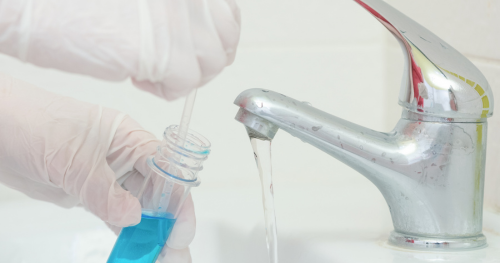
Your science professors probably already advised you against this in the lab. Their advice extends into your cleaning as well. It seems that two powerful cleaning substances will do an excellent job when combined, but that is not always the case. Many house cleaning products contain strong chemicals that become harmful when mixed. Refraining from mixing is important for your safety and that of those in your home.
An example of a toxic substance you can make is chlorine gas by combining bleach with acids. At low levels, it could cause irritation and respiratory problems; however, higher levels can lead to serious health consequences, even death. So, combining bleach with toilet bowl cleaners, some of which contain acids is a bad idea.
3. Using Bleach or Bleach-Containing Products in Toilet Tanks
This is another one of those common cleaning mistakes that are extremely costly. Since bleach is an excellent chemical disinfectant, it is assumed that it must work everywhere else. It works well but is caustic and can corrode the inner parts of your tank. This can lead to some expensive replacement costs.
4. Deciding Which Cleaners Are Multi-Purpose
Most cleaners are not multipurpose, especially when not marketed as such. Although it feels like you’re cleaning on a budget by doing this, it is not effective. It can also be damaging to your household items in some cases. While true all-purpose cleaners can tackle most cleaning jobs, you shouldn’t decide which non-purpose cleaner in your cabinet would do the same. For instance, using your toilet bowl cleaner in your tub seems like a good idea for hard water stains and mildew, but it is not. Depending on your tub and finish, it can cause discoloration and may also degrade the appearance of your tub.
5. Harsh Abrasive on Items with A Finish
Abrasives work efficiently to remove tough stains and residue attached to surfaces. Sometimes, they come in powder forms. You can also see them mixed into pasty cleaning solutions or cleaning pads at times. Harsh abrasives are useful for heavy-duty cleaning and should not be a repeat every time you clean. They should also not be used on all surfaces.
A great example of an abrasive that is not safe everywhere is a pumice stone. While it may work well for a grill, it may be too harsh on toilets. You’ll find out that it works well to remove hard water stains and rust in the toilet, but it also causes micro scratches in your toilet. While it works, it is damaging to your toilet bowl as it is removing the protective finish. The glazing in the toilet is not only for the looks but also helps with durability and easier cleaning. Therefore, avoid harsh materials when cleaning your toilet.
6. Pouring Vinegar And/or Dish Detergent in Your Dishwasher
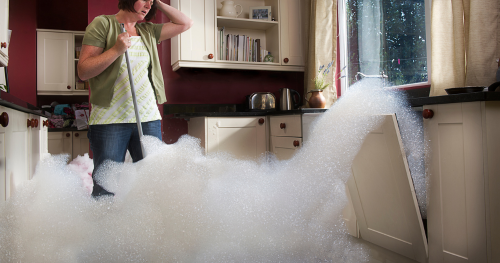
This is one of those quick cleaning tips and tricks you should not try. When you run out of your dishwasher cleaner, eco-friendly cleaning tips using vinegar seems like a good idea, but not in the dishwasher. It can compromise the integrity of dishwasher parts, such as rubber gaskets. Instead of pouring the vinegar in there, place a dish-washer safe bowl filled with vinegar between your dishwasher racks to secure it before running the wash cycle. Also, don’t forget to manually clean your dishwasher filters.
So, why not use dish detergent? You will be left with a foamy mess if you try this. All you’ll be doing is giving yourself more work, as you’ll need to clean and run multiple cycles to get rid of the mess in your dishwasher.
7. Adding More Laundry Detergent Than You Need
More is not always better, and this is one of those cases. You may think more laundry detergent cleans your clothes better, especially when they’re extremely soiled, but it does not. The washing machine system swirls around so the detergent can get in each area of your clothing. The agitators in washing machines, specifically front-loading machines help create friction to remove dirt from your clothes. That friction is not as effective when there is an abundance of suds from using too much detergent. You might be left with clothes that aren’t probably cleaned with soap residue that can’t be completely removed by the rinse cycle.
8. Washing Sterling Silver Dishes, Cookware, and Silverware in the Dishwasher
The dishwasher seems like a safe place to clean kitchenware, such as utensils, tools, and dishes. However, if they’re made in sterling silver, you should refrain from doing this. It can change the finish of your sterling items and give them a tarnished appearance. The hot water, and detergent combined with the long wash cycle can lead to discoloration.
9. Ignoring Gloves While Handling Cleaning Solutions
Even if you’ll be quickly cleaning an area, you should always wear gloves when handling chemicals. Some cleaning products can be irritating to the skin, leading to contact dermatitis. You can also put yourself at risk of a chemical burn. Additionally, think of the areas you’re cleaning and the bacteria and viruses that accumulate on those surfaces. Waterproof gloves, such as nitrile gloves, are recommended to avoid the associated risks of getting in contact with germs, developing an allergic reaction, and getting a nasty chemical burn.
10. Cleaning Your Microwave with Harsh Chemicals
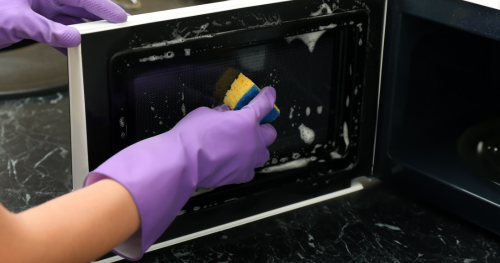
You can take care of your microwave’s toughest mess without chemicals. While those tough stains may look like they won’t come out with natural or less harmful cleaning agents, they will. Check these microwave cleaning hacks for all the efficient ways to have an easy clean.
11. Storing Your Toilet Brush Back into The Bowl Before It Dries
Toilet brushes trap a lot more than you can imagine. While they do a great job at cleaning your toilet bowl, they also need to be cleaned, along with the bowl they’re stored in. After cleaning and disinfecting your toilet bowl brush, allow it to dry completely before placing back in the bowl. This helps prevent a party of bacteria from congregating in the moist environment.
12. Spraying Cleaner Directly onto A Glass Surface
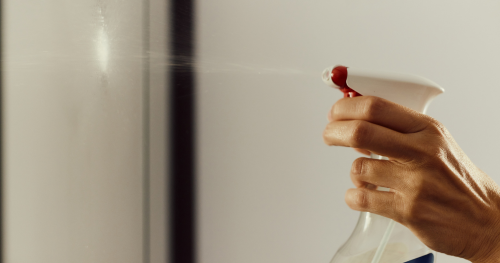
Whether this is a mirror, your TV, or other electronic devices, do not spray cleaning supplies directly on them. Well, the TV and other electronics are understandable because liquid could damage the inner compartments, but why mirrors? It is quite the same thing for a mirror as well.
Desilvering can occur over time when you spray the glass itself. This is essentially water damage that deteriorates the backing of your mirror. You will notice black spots surrounding the mirror over time. Other sources of excessive moisture can cause this, but you can prevent your glass spray from being one of them. Simply spray on your microfiber cloth before wiping your mirror to avoid experiencing desilvering.
Summary
There are a lot of mistakes that you can make while cleaning. Sometimes, these cleaning mistakes are in your routine; therefore, it becomes a force of habit. It doesn’t feel wrong because you’ve been doing it for so long. However, just because it seems to be working now does not mean it is beneficial long-term. With some of these mistakes, you’ll discover immediately why you shouldn’t do it again, while others may take some time. Overall, staying away from repeating the common cleaning mistakes above is advised. Happy cleaning!

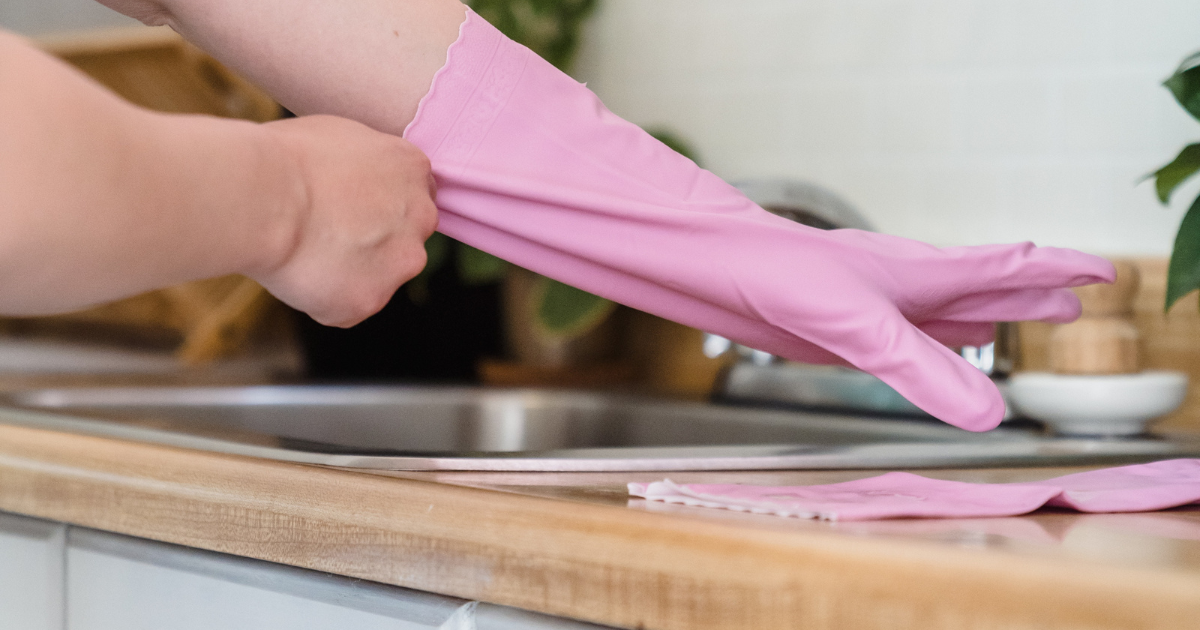
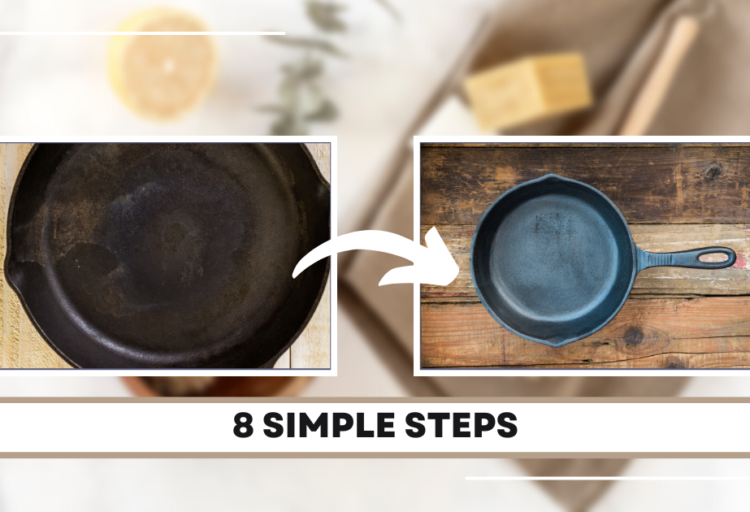
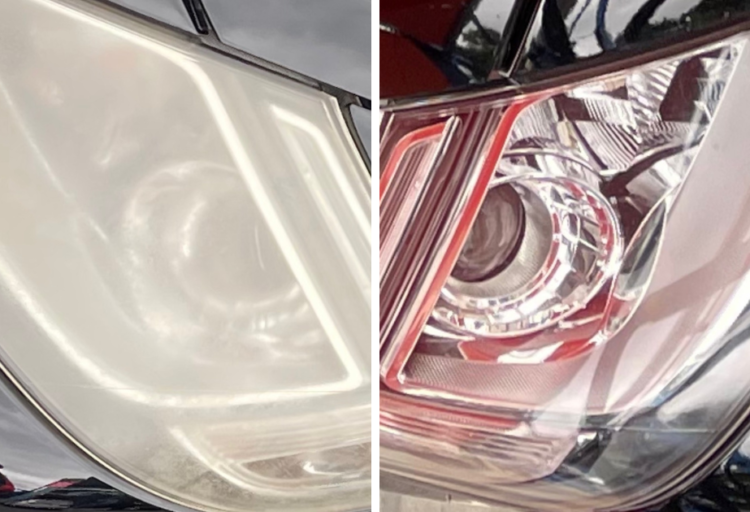
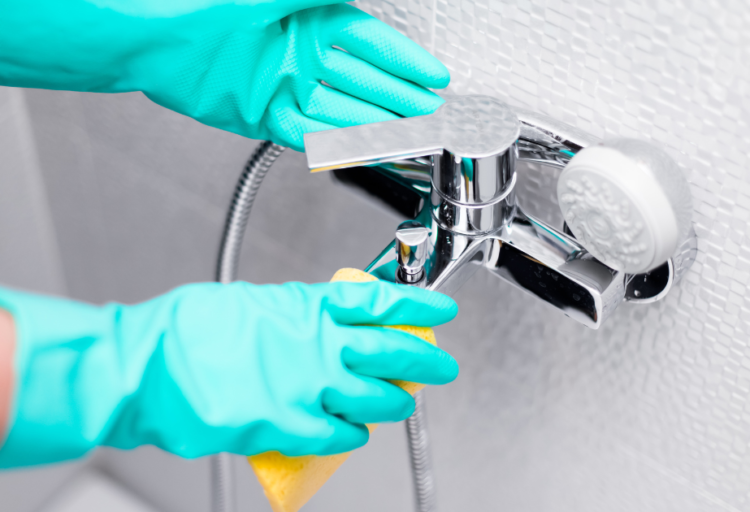
Leave a Reply